By Kevin M. Hymel
Before retreating from Fort Driant, Private Tom Tucker lit the fuse on 6,000 pounds of explosives. “We pulled the fuse lighter and took off,” recalled Tucker. As he raced toward the bottom of the hill, he suddenly hit the ground rolling. His helmet fell off, and he lost his rifle. “I thought I had been shot.”
Fort Driant: Breaking Patton’s Race to the Rhine
A retreat was not what Lt. Gen. George S. Patton envisioned when he planned his attacks east of Paris. He wanted to cross Germany’s Rhine River as the fall weather closed in, not fight a brutal slugging match around the French city of Metz. After the brilliant breakout from the Normandy beachhead in August, Patton’s Third Army found itself stalemated by fuel shortages, stiff resistance, strong enemy defenses, and a lack of air cover. Gone were the days of racing in all directions and liberating huge swaths of French soil from German control. The Allies’ fuel crisis of September had been resolved, but it gave the German Army time to reorganize.
The key to the defenses of the city of Metz was Fort Driant, an ancient fortress that had been integrated into the French Maginot Line. It functioned more as a beached battleship than a fort, boasting four batteries, each with three cannons. Two of the batteries housed 100mm guns, and two others housed 150mm howitzers. The trapezoid-shaped fort covered more than 350 acres and sat atop a steep hill overlooking the Moselle River. The whole area bristled with machine-gun nests and mortar trenches, connected by tunnels to the main fort.
Driant’s battery fire killed Americans and frustrated bridge-building efforts on the Moselle. If Patton wanted to plunge ahead, he would first have to neutralize Driant. That job went to the U.S. 5th Infantry Division—the Red Diamonds. “It was like the face of the moon up there,” recalled Tucker, an engineer with B Company, 7th Combat Engineer Battalion, attached to the 5th Infantry Division. Tucker had served with the division through the hedgerow fighting in Normandy and the race through Avranches, Orleans, Chartres, and Reims.
“We had relatively light resistance during the race across France—Driant was different,” said Tucker. One attack had already been repulsed, and the division was gearing up for another on October 3, 1944. To support the attack, engineers who had already advanced beyond the Moselle were called back for a vital mission.
“We were sent back across the Moselle to help put together snakes, which were like bangalore torpedoes,” Tucker recalled, “but, because they were so big, had to be pushed forward by tanks. When we arrived, someone had put a head on the snake to keep it from plowing into the mud. There was a welder there welding it while we stuffed it full of explosives.”
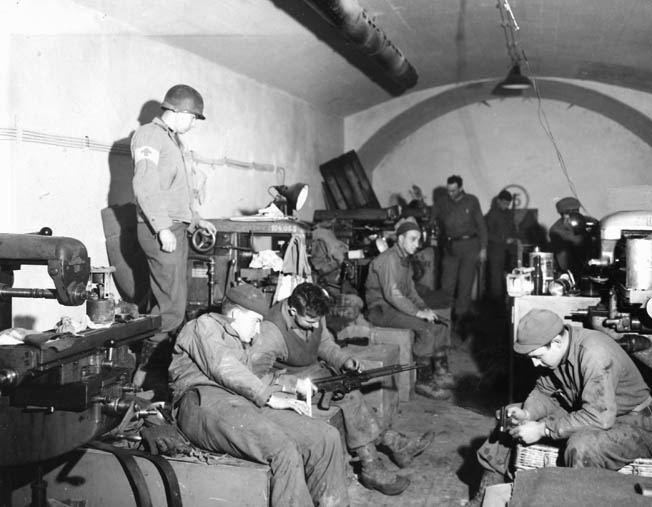
“We Had About 570 Casualties”
The attack commenced as planned, but Tucker and his squad’s work was in vain. Under cloudy skies, the 5th Infantry jumped off at noon, spearheaded by the snake-pushing tanks. Soon one tank lost its snake, while two tanks broke down. By the time the infantry reached the barbed wire surrounding the fort, all the snakes had become either detached or had been discarded.
Nevertheless, while Sherman tanks fired over their heads, the men charged the German defenses and headed for two concrete barracks, designated S and R. They captured both but found themselves dueling with hand grenades against Germans who had infiltrated R. The Americans soon realized that the barracks were connected to other parts of Fort Driant.
Tucker arrived on the battlefield the next day aboard a tank. “They took the crew out of the tank. We were crammed in for the ride up the hill. I couldn’t get out of there fast enough,” he said. A soldier then directed the engineers where to go. Tucker appreciated the guidance, since he could not get his bearings. “It was black up there,” he remembered.
Napalm runs by planes of the XIX Tactical Air Command had burned the ground. Artillery and small-arms fire had torn up the green fields, leaving a muddy, cratered landscape. Because of the intense fire, only tanks could bring supplies to the front lines, churning up the fort’s muddy slopes.
Heavy fighting continued in the tunnels underneath Barracks S and R. Tucker spent the day keeping the fighting men supplied by running munitions into the tunnels. It was just the first day of what would become a very long week. Tucker would spend the next six days running supplies, pulling sentry duty, and blasting the Germans in subterranean tunnels, all dangerous duty.
As a supply runner, Tucker off-loaded ammunition, water, and food from tanks and stored them in Barracks S. “We spent a lot of time going in and out, off-loading supplies for the entire battalion,” he remembered. “The injured needed a lot of water. We had about 570 casualties.”
Under Heavy Fire
The air was constantly alive with artillery rounds and small-arms fire. “There was a lot of noise, but you get so used to it that you can’t define it,” Tucker confessed. Other bypassed German forts in the area fired on Driant. Despite the heavy fire, Tucker was too busy to duck. “I was always on the move, I never hit the deck.” Most heavy rounds sounded the same except for the dreaded 88mm guns. The weapons made a cracking sound while other German guns boomed. “It didn’t make a difference what they were firing at us, but we could always tell the 88s.”
During one of Tucker’s trips out of the barracks, he saw a German tank and made a dash for it. “I got out of there as fast as I could,” Tucker commented. Today, his fellow Red Diamonds are convinced he saw a Sherman tank, but Tucker is adamant. “There is a big hole in the S Barracks that I’m sure was made by that German tank’s cannon.”
Tucker served as a sentry in several locations on Driant. While at a bunker south of Casement P, he stayed in a foxhole a few yards from the entrance. “We could not stay there during the day because it was under enemy observation.”
Tucker stayed in the bunker during the day and crept out to the foxhole at night. For three nights, he and his foxhole partner, Chuck Risser, listened for any noise. Unable to use their rifles for fear of giving away their position, they tossed hand grenades at any sound in the pitch black. The result: “We probably killed every field mouse on that hill.”
While on duty one night, Tucker received word that two platoons of Red Diamond infantry would pass by his position, so he knew not to throw grenades. A bit later, the men silently crept passed him. “Boy, they were quiet.” But their professionalism made little difference. Soon after passing Tucker, the entire group disappeared. “They made it to a flat field and either got captured or killed,” he explained. “There are still men missing from that fight.”
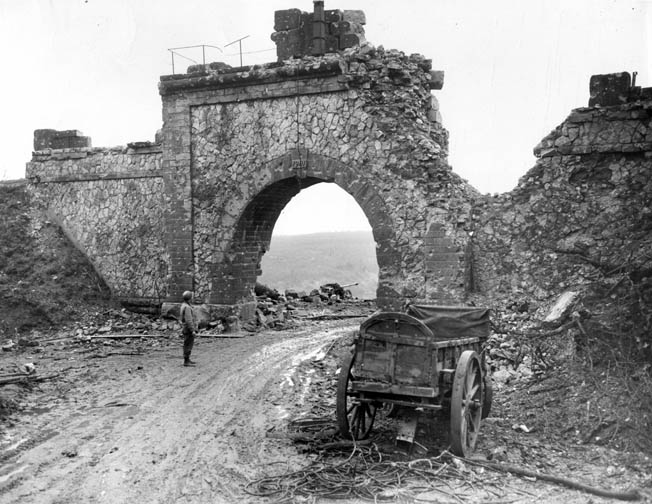
Advancing Through the Tunnels
To rout out the Germans, the 5th turned its focus on the tunnels connecting the barracks and casements to the main fort. Steel doors and iron gates barred entry, and the tunnels were narrow, allowing only two men to pass through, an easy target for the Germans. The only way to take the tunnels was to blast the Germans out. The Americans built barricades as close to the doors or gates as possible, then rotated teams of engineers forward to place charges.
“When it was my turn, we wormed our way down the tunnel,” recalled Tucker. “Then we sneaked up to the door and placed the explosives as close as possible to it.” It was dangerous work; the Germans had cut slits in the doors for covering fire where even a ricochet could kill a man in the confined space.
Once the explosives blew, the men attacked. The bludgeoning tactic was slow but effective. Tucker said, “We had to rotate the men because you couldn’t breathe in there. You could do a lot of damage with Composition C—which could cut a railroad track in half with just a small amount.” The only problem was that the Germans simply retreated to the next steel door in the tunnel. Another team would enter the tunnel and repeat the maneuver.
The enemy also took to blowing up sections of Driant. While engineers were working on the tunnel between Casement P and Barracks R, the Germans set off an explosive so big that it cracked the top of the tunnel, uplifted the earth, and blew out part of Casement P.
“The Germans had built a brick wall, put the explosives in it, and built another brick wall to contain the explosion,” explained Tucker. “There were bricks everywhere, and it even killed several Germans.” One of Tucker’s friends was injured so badly from the explosion that he was mistaken for dead. “He was lying in a pile of dead when a medic walked by and happened to see him move.” The medic pulled the surviving soldier out of the pile and began administering to his injuries.
As a testament either to French engineering or the intensity of the battle, Tucker admits he never heard the explosion. “We were down in a bunker southwest of Casement P and never felt anything. You get so used to the noise that you didn’t pay much attention.” Total casualties from the explosion were unknown. “There was great speculation on our side,” Tucker mused, “because nobody really got to the spot until after the war.”
“We Never Took the Fort”
The entire time Tucker was on top of Driant he never saw a single airplane, but he did not mind. “It probably would have killed more Americans than Germans,” he related. The fighting foreshadowed what was coming in the Pacific, where Japanese soldiers learned to remain in their fortified bunkers and extract as many casualties as possible in places like Iwo Jima and Okinawa. Despite all the heavy German fire, Tucker never spotted the enemy. When he did fire at enemy positions, it was basically as covering fire. “But that’s how it was up there, we were only on the surface,” he said. “We never took the fort.”
As for food, Tucker and his comrades ate nothing but K rations, dry foods such as crackers, and chocolate bars. “Other forms of food were too bulky for delivery up to the fort,” he added. Tucker was so busy however, that he has no recollections of ever dining. “I don’t remember eating and I don’t remember going to the bathroom—but I know I must have done both.” As for relieving themselves, the men designated a corner of the S Barracks as a bathroom. Relief was a bit harsher for men on sentry duty: “Maybe you could get out of your foxhole or use your helmet,” he said.
The Americans had a toehold on the southwest corner of Driant, but the Germans made life miserable. Other sections of the fort fired onto the American-occupied corner. Tucker and the men of the 5th took 50 percent casualties in their exposed positions, while the Germans were safe in well-protected bunkers.
The Germans were able to fight the Red Diamonds to a stalemate during intense close combat. Water and ammunition were running low for the Red Diamonds while the dead piled up. The tunnels beneath the barracks were choked with fumes from explosions. The men were spent and had little to show for their efforts. Finally, word came down to pull back, but the engineers made a dramatic exit. Tucker and his comrades had one surprise left for the Germans. He noted, “We blew up the barracks on the way out.”
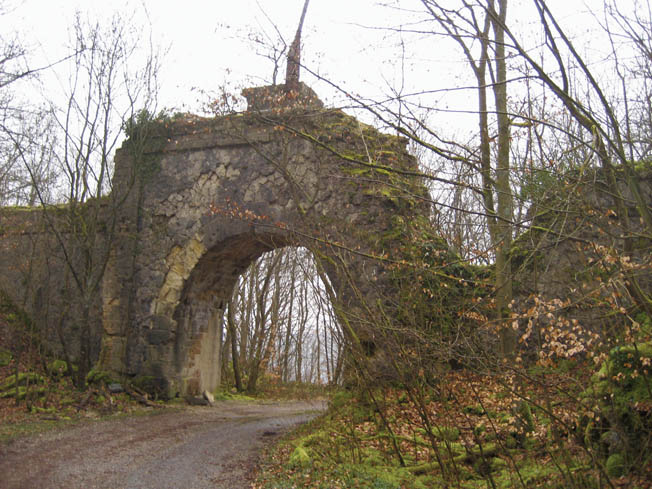
The engineers laid 6,000 pounds of explosives in the bunkers, shelters, and tunnel entrances in and around Barracks R and S and set them to explode at different times. Tucker and his squad were given a choice. They could either ride a tank down the hill or they could run. The memories of being packed like sardines into a tank a week earlier had their effect. They all chose to run. Once the main fuse was lit, Tucker and his comrades took off down the hill.
It was then that Tucker tripped on some barbed wire and went down hard. Without pausing, he gathered up his helmet and rifle and kept running. “I felt like I was running a 500-yard dash in five seconds,” he remembered.
As he reached the bottom of the slope, Tucker did not hear any explosions. “I was interested in getting out of there and didn’t pay any attention to it.” Surprisingly, the Germans never fired on the sprinting engineers. “I’m not sure they could really see us from where they were.”
Finally, Tucker and his comrades reached the safety of the forest just beyond the slope. “We were now at the same place where we had started.” And so was Patton’s Third Army. The Rhine River would not be breached for another five months.
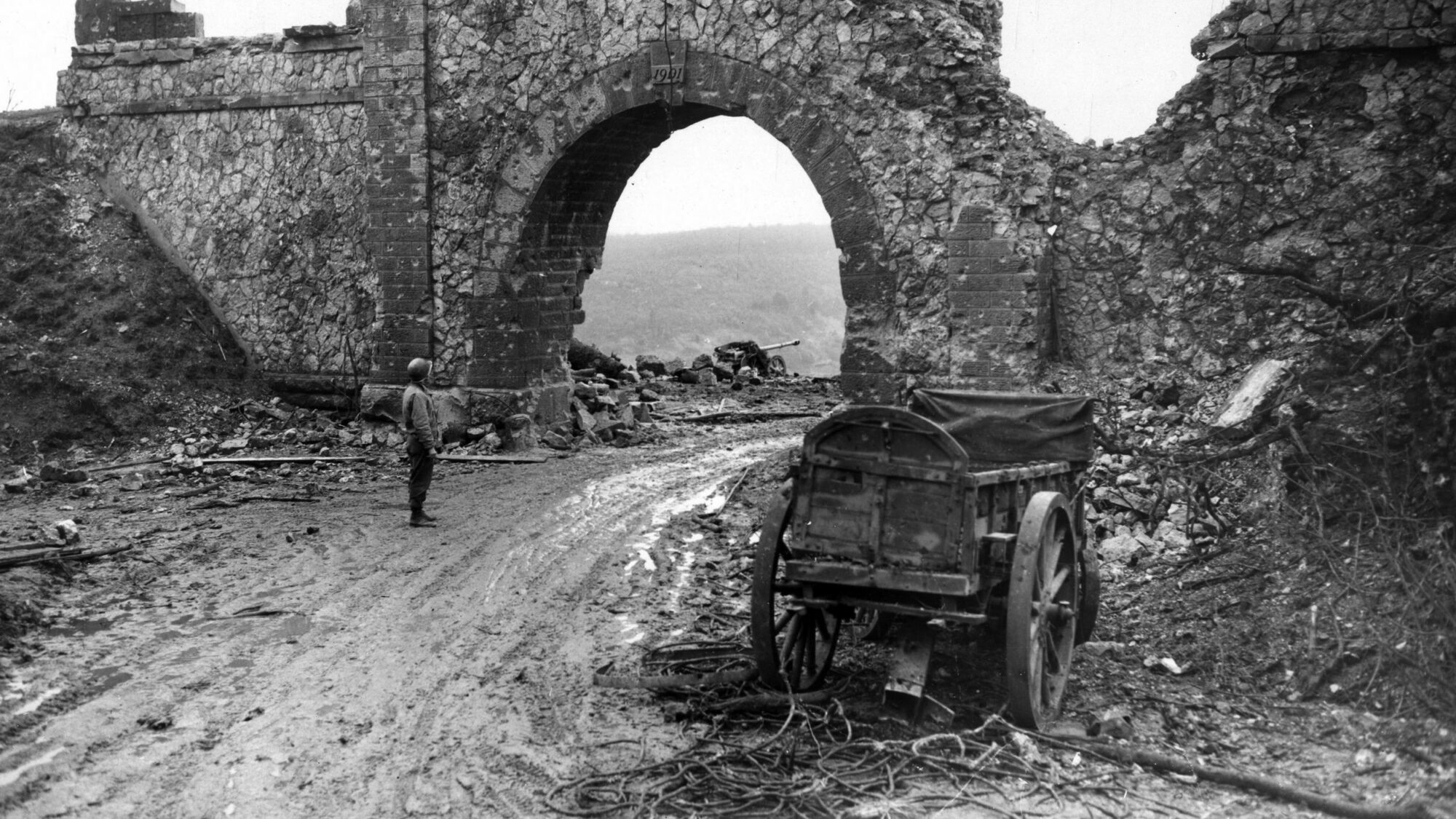
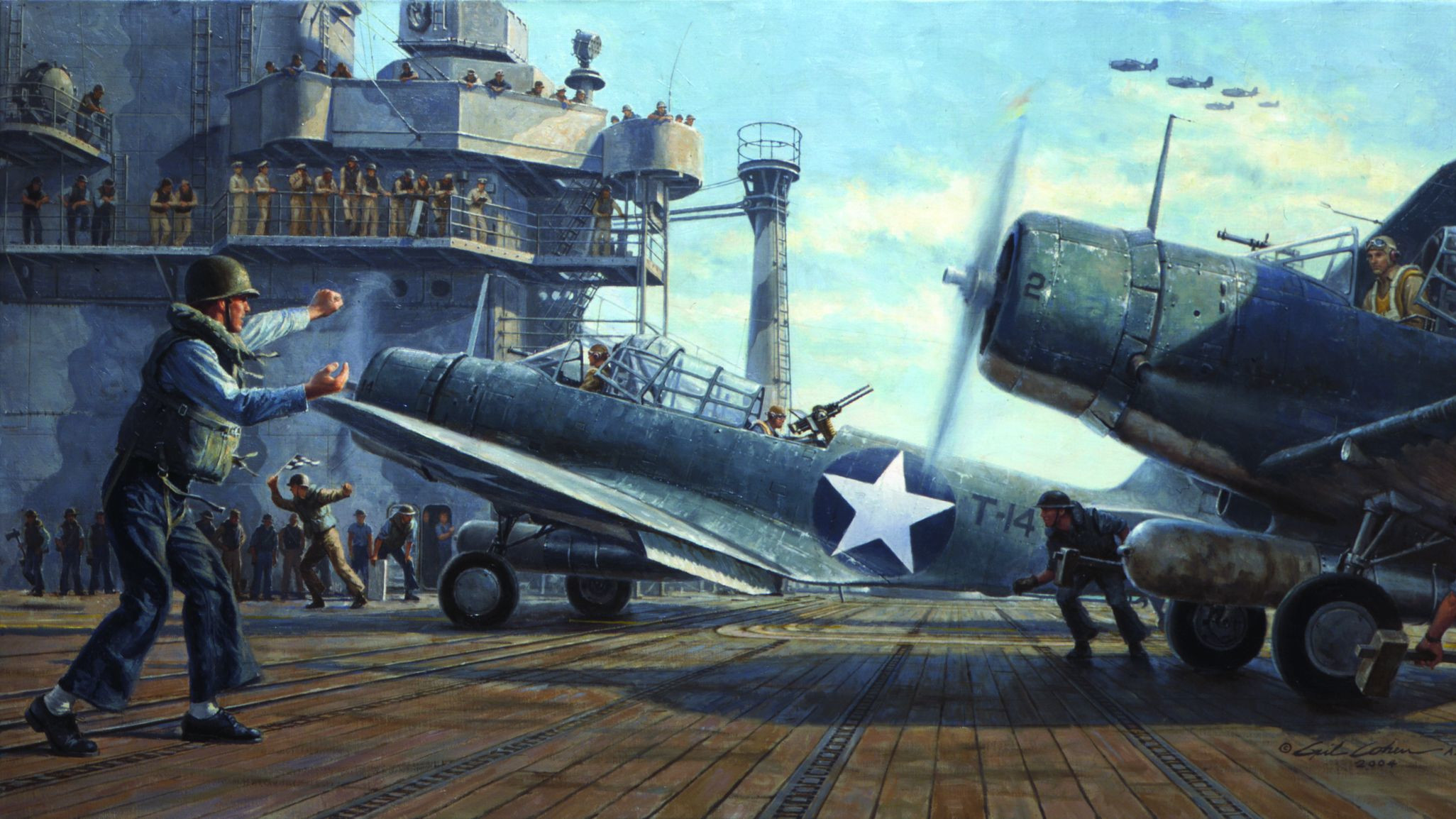
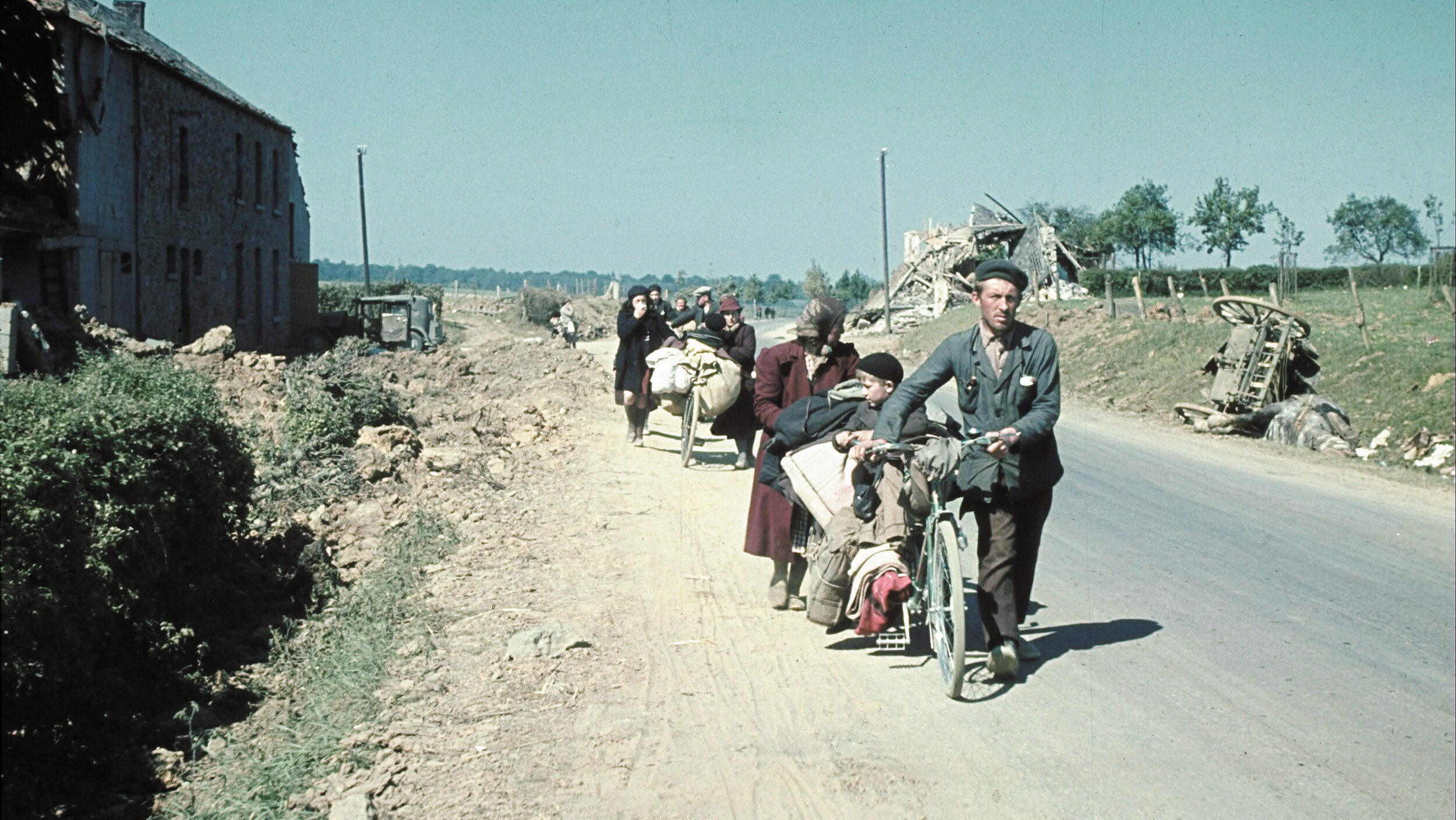
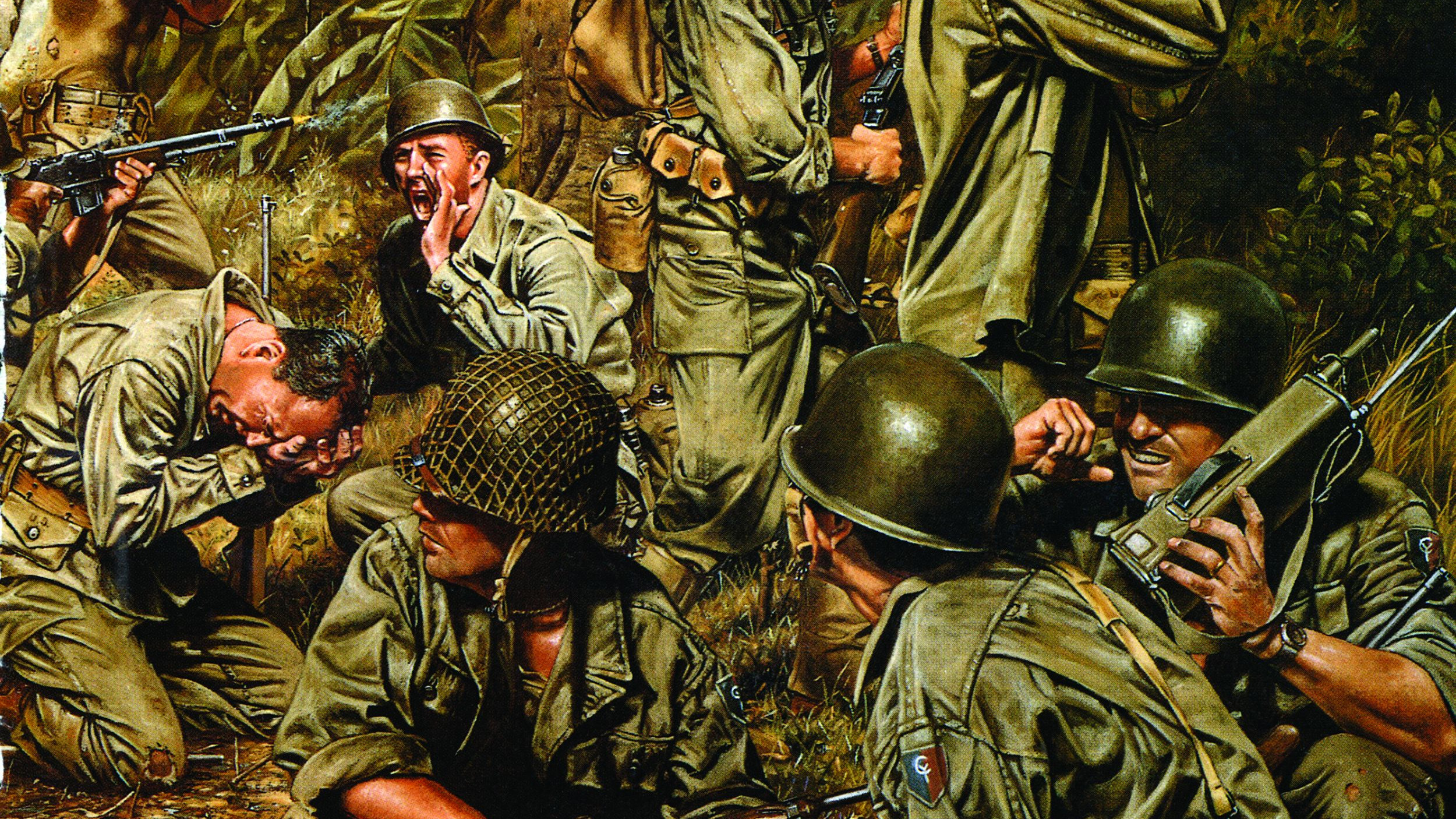
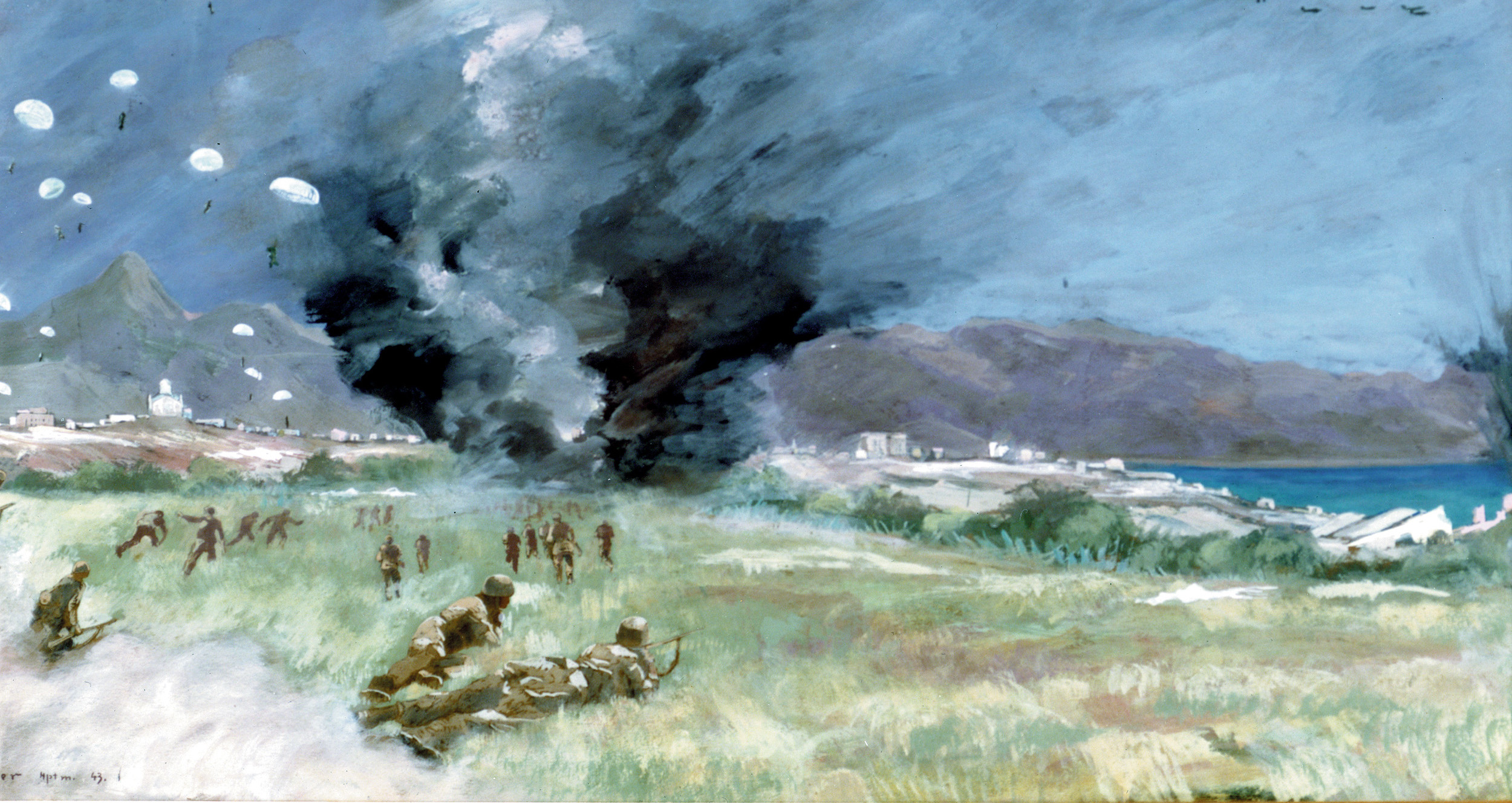
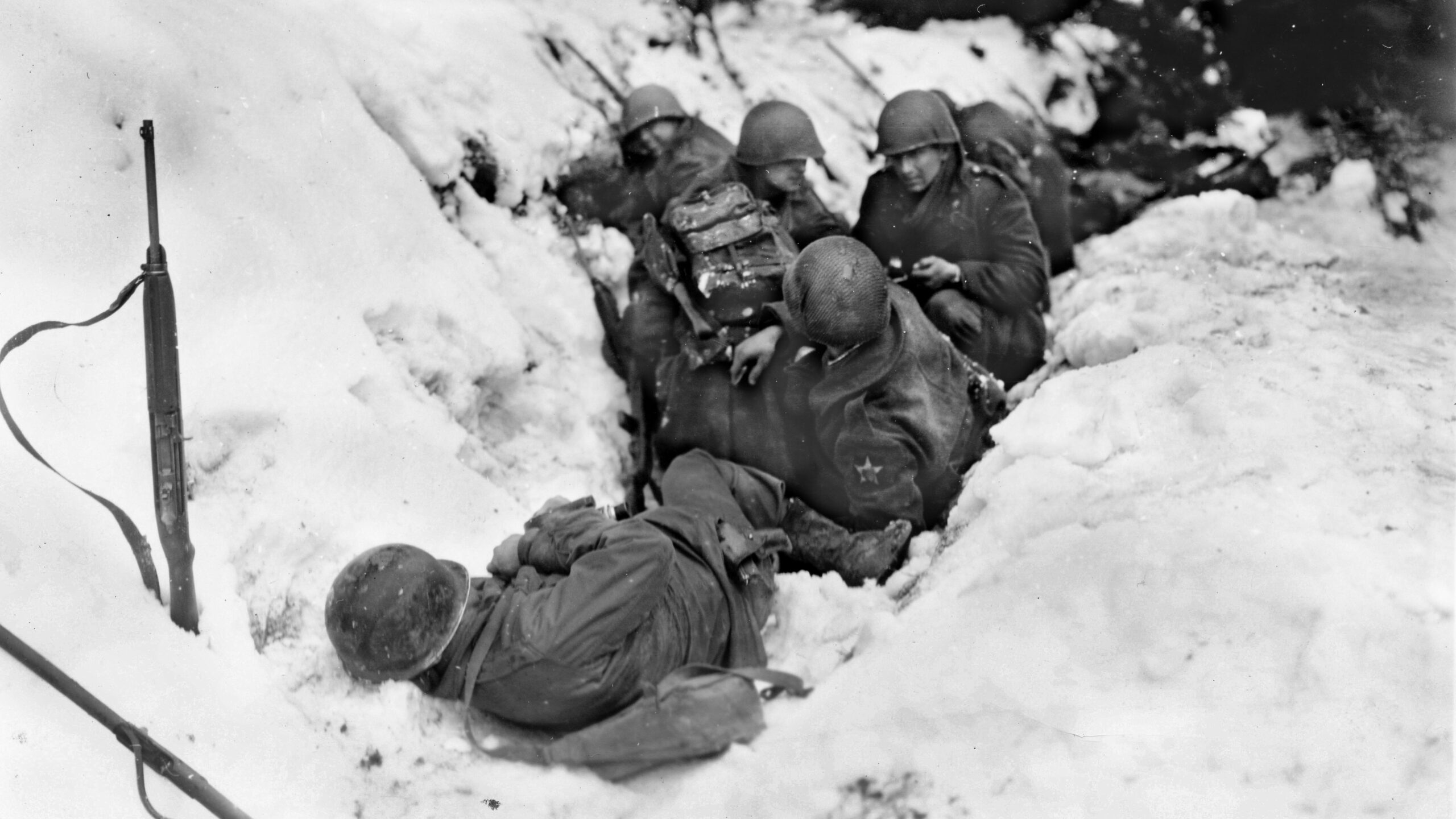
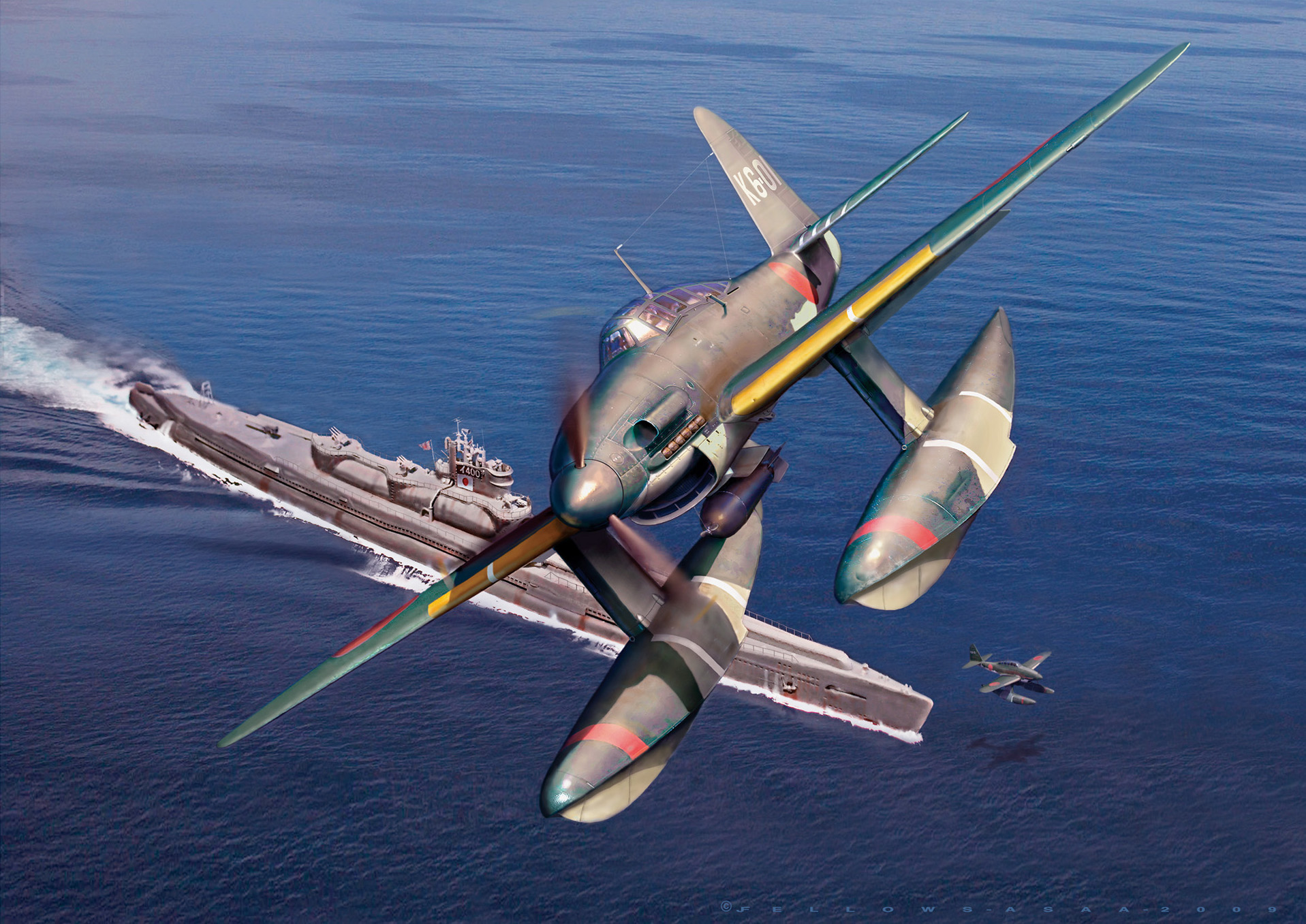
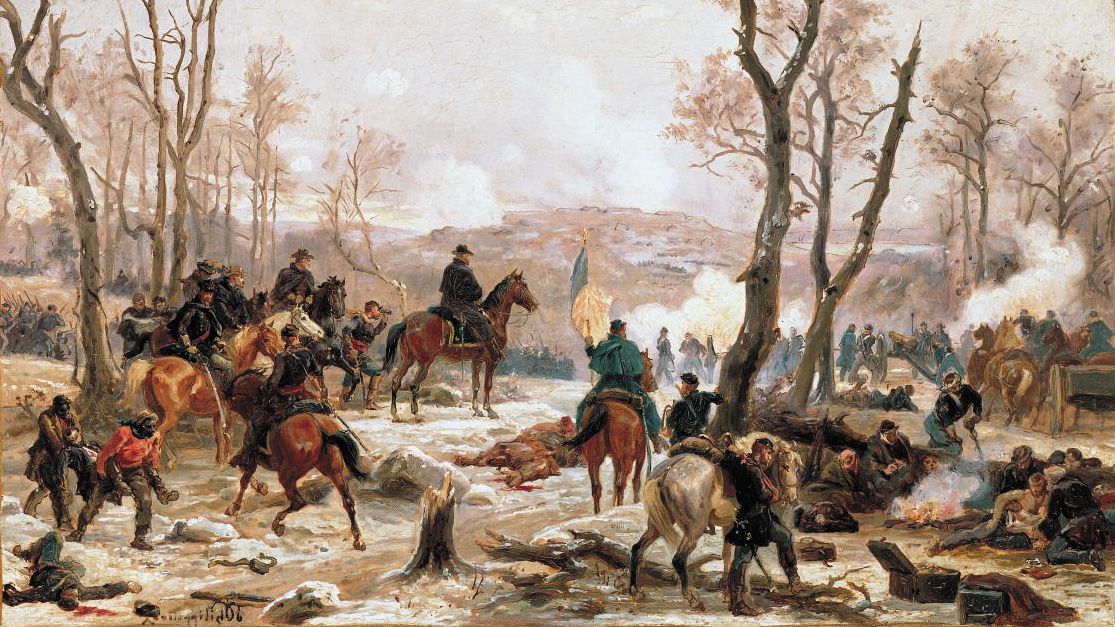
Join The Conversation
Comments